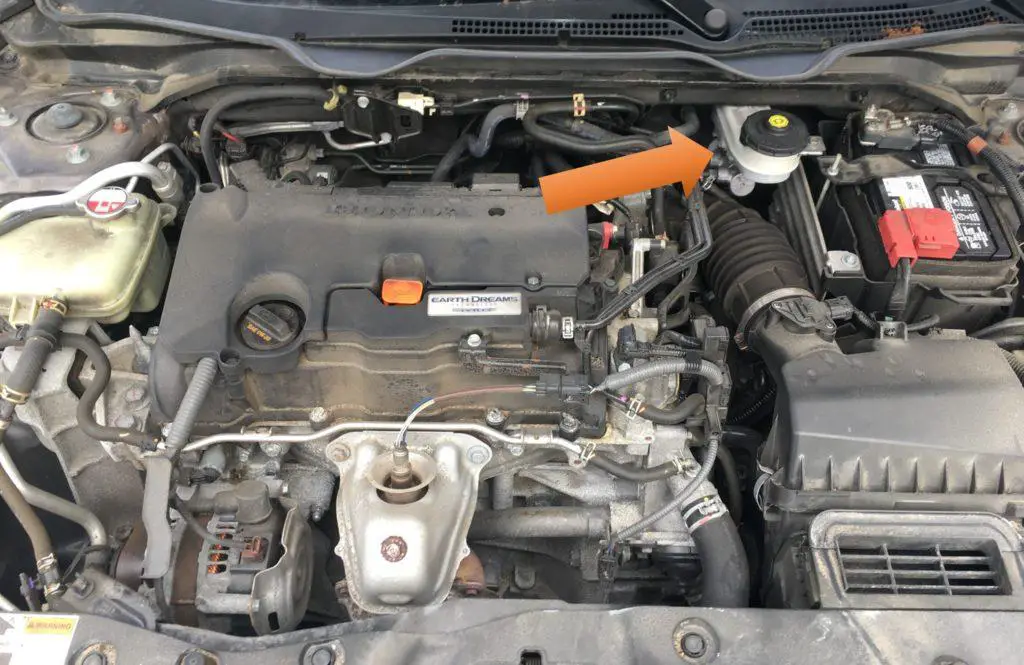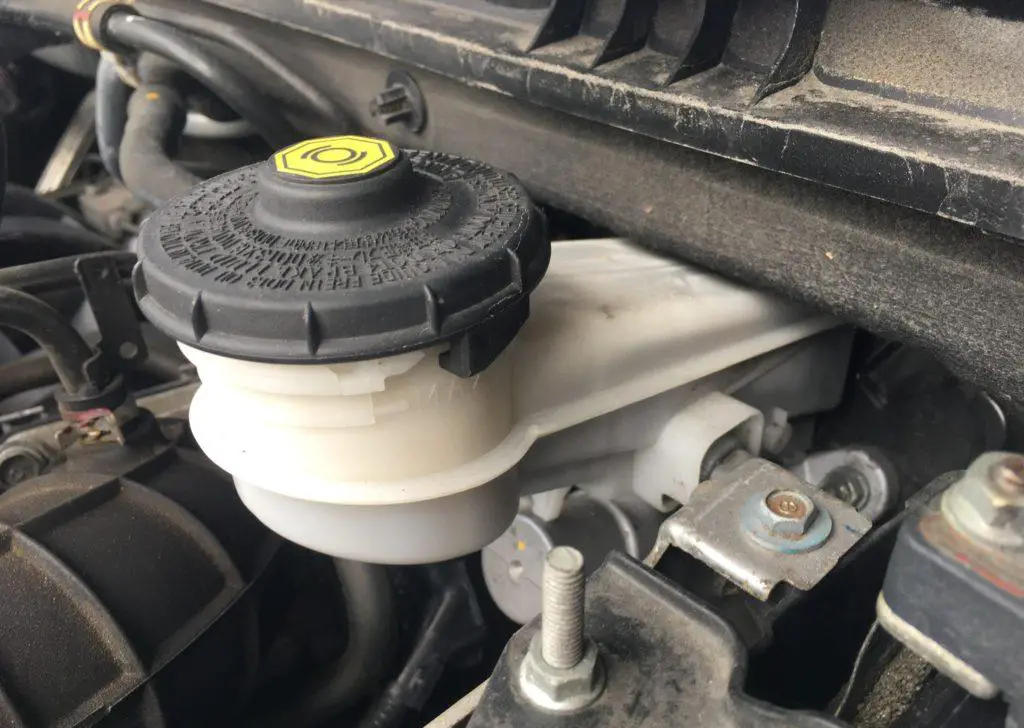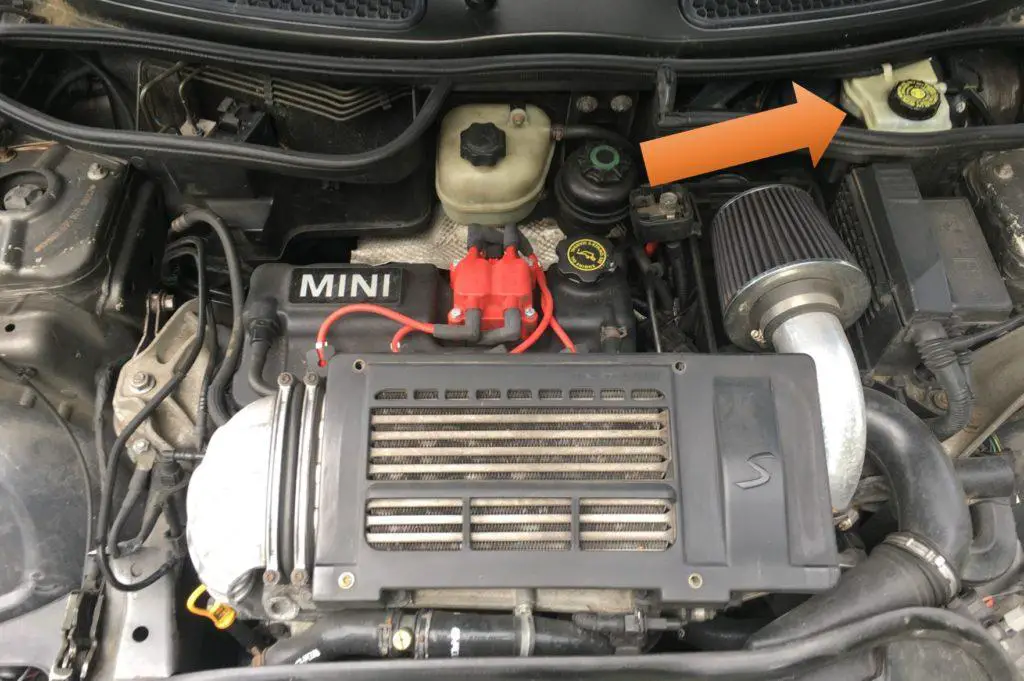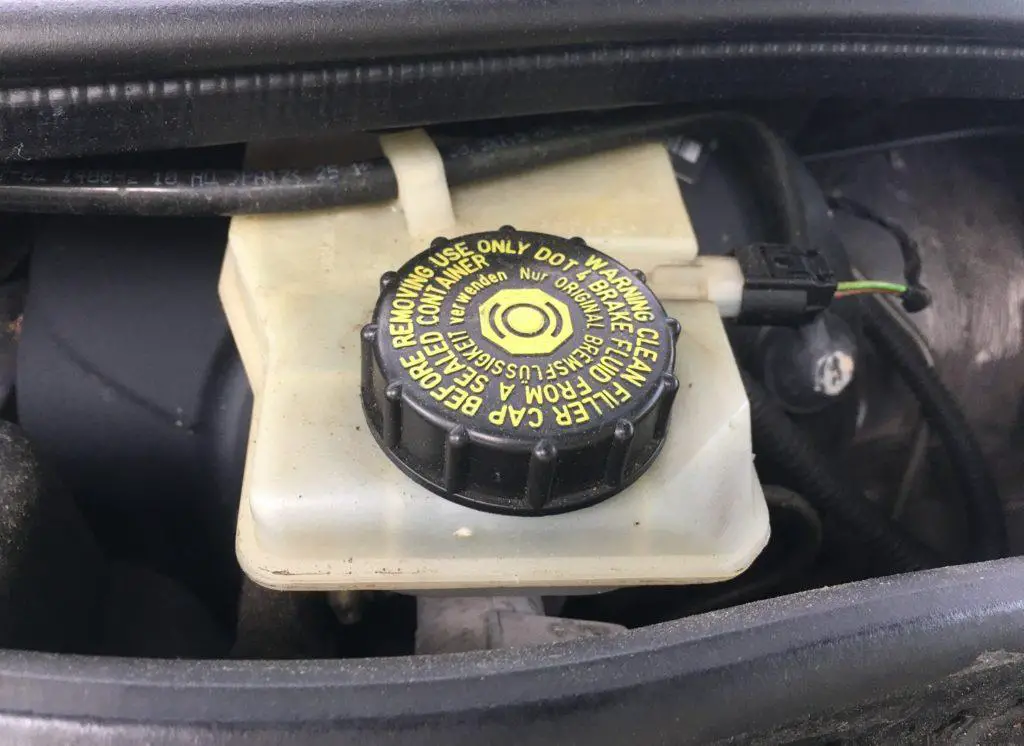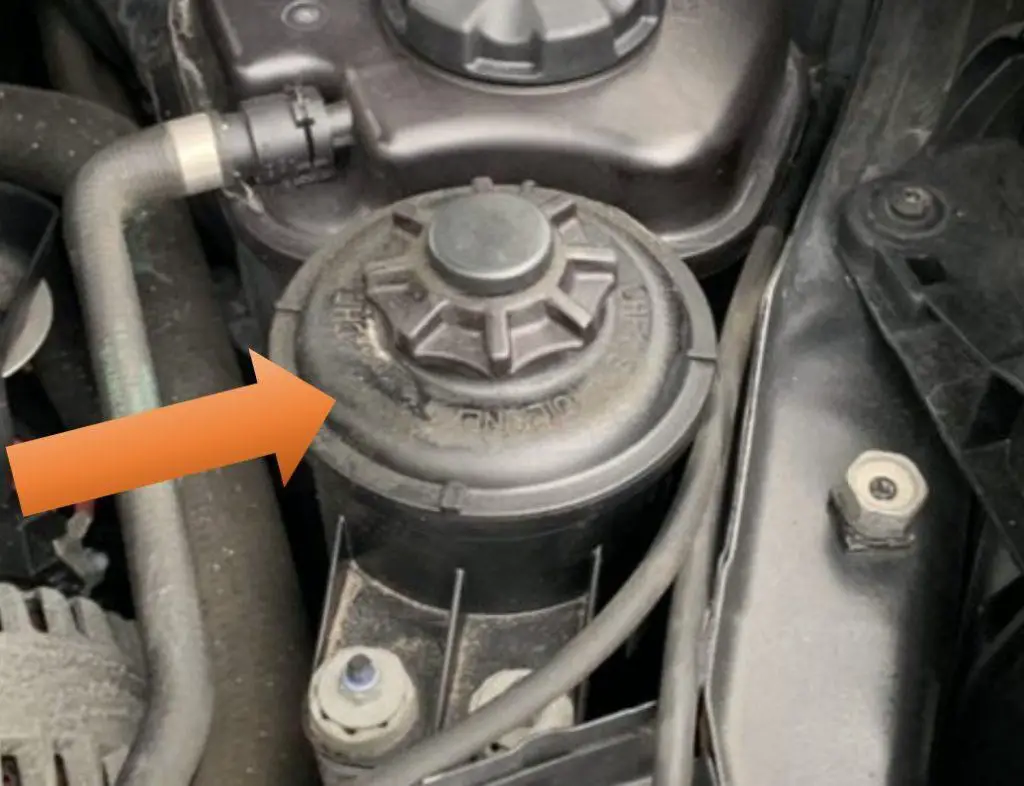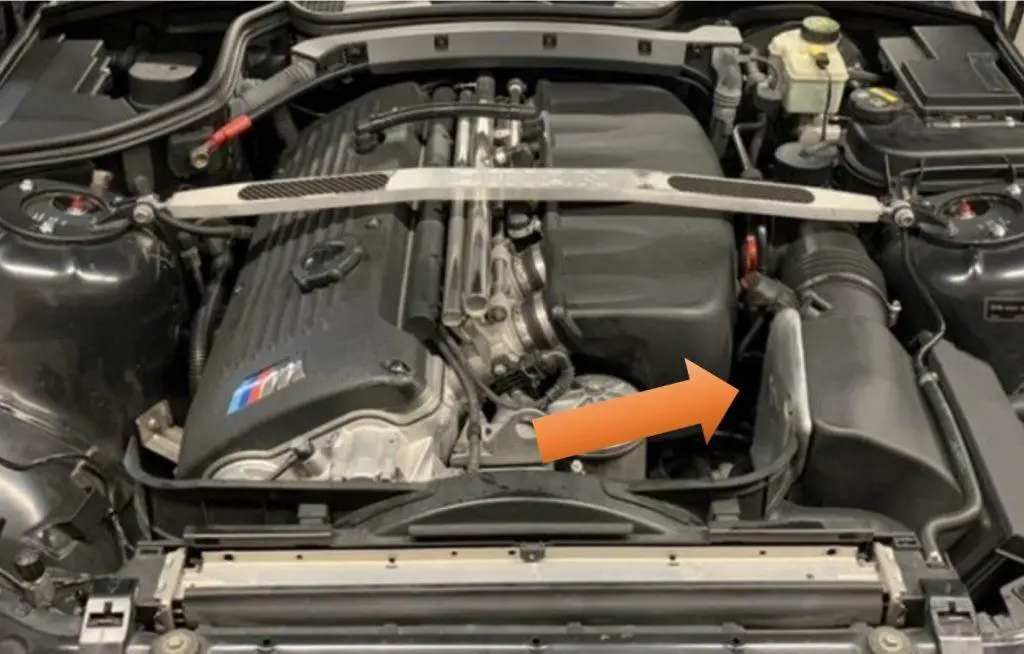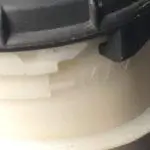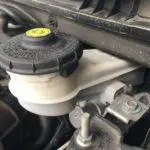Adding fluid to your vehicles power steering system is easy! It may sound intimidating at first which is why we’ve put together a few examples of common vehicles and where their power steering reservoir is located. We don’t cover every vehicle out there, but after reading through these examples we hope it at least gives a general idea of what to look for if your vehicle is not listed here.
Basic Procedure
The first step to adding fluid to your power steering system is to locate the power steering reservoir that holds the fluid. We’ve added some examples below for a few different vehicles on the road to help guide you in locating the fluid reservoir on your vehicle.
Once located, there is typically a fill line or an indicator showing the proper level the fluid should be at. Some vehicles may have a dip stick style indicator but the most common is a max fill line on the outside of a transparent reservoir. Simply add fluid to the reservoir until it reaches this line and you’re all set! It’s always a good idea to run the vehicle and confirm the fluid is still full in the event the system may have had air in it. This typically isn’t a concern if the fluid level hasn’t dropped too low.
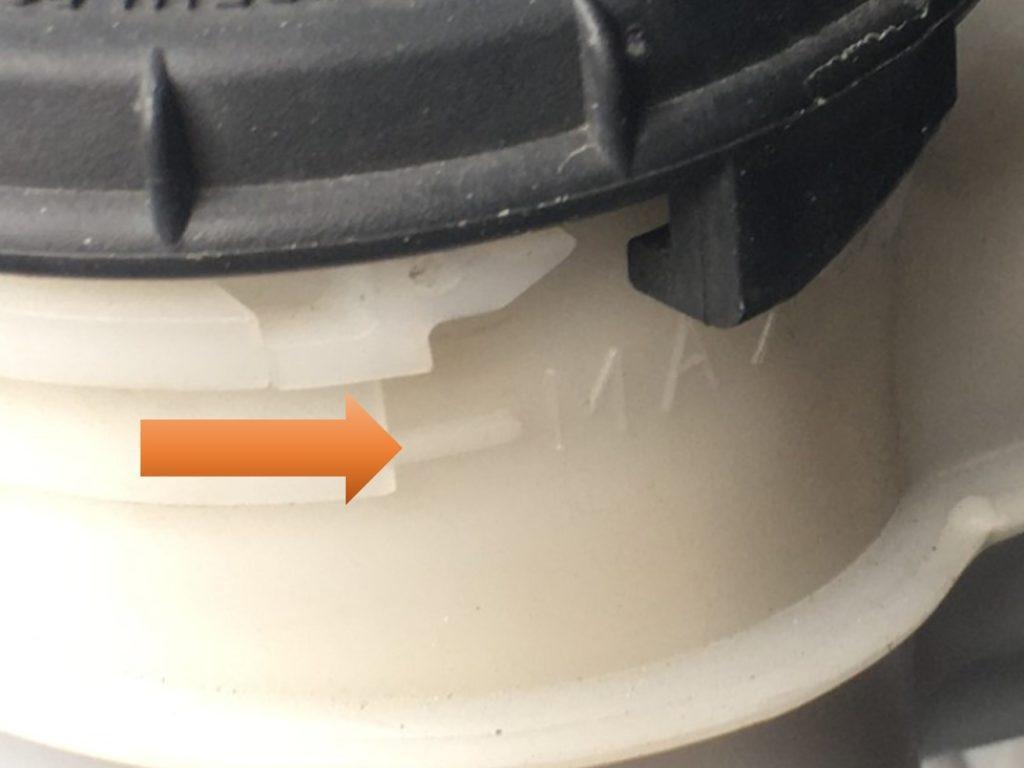
Examples of Power Steering Reservoir Locations
Here we’ve compiled a few examples of vehicles found on the road and where their power steering reservoir is located. No need to worry if your vehicle is not shown as it would be challenging for us to list all of them and this is intended to be a guide. Your vehicle should be similar, and if you can’t find your power steering reservoir, simply refer to the users manual to find the exact location.
Honda Civic
Mini Cooper
BMW X5
BMW M3
Final Thoughts
Now that you’ve had the opportunity to review how easy it is to locate and add fluid to your vehicle, we hope you have the confidence to do it yourself! Make sure to check out some of our articles and product reviews on power steering additives to help your vehicles power steering system perform to its maximum capability!
Brian is one of the best when it comes to tinkering and engines of all shapes and sizes. Growing up as the son of a mechanic, he started turning wrenches before he could even walk. Naturally, he’s one of our favorites to consult when it comes to keeping our equipment in tip top shape.


